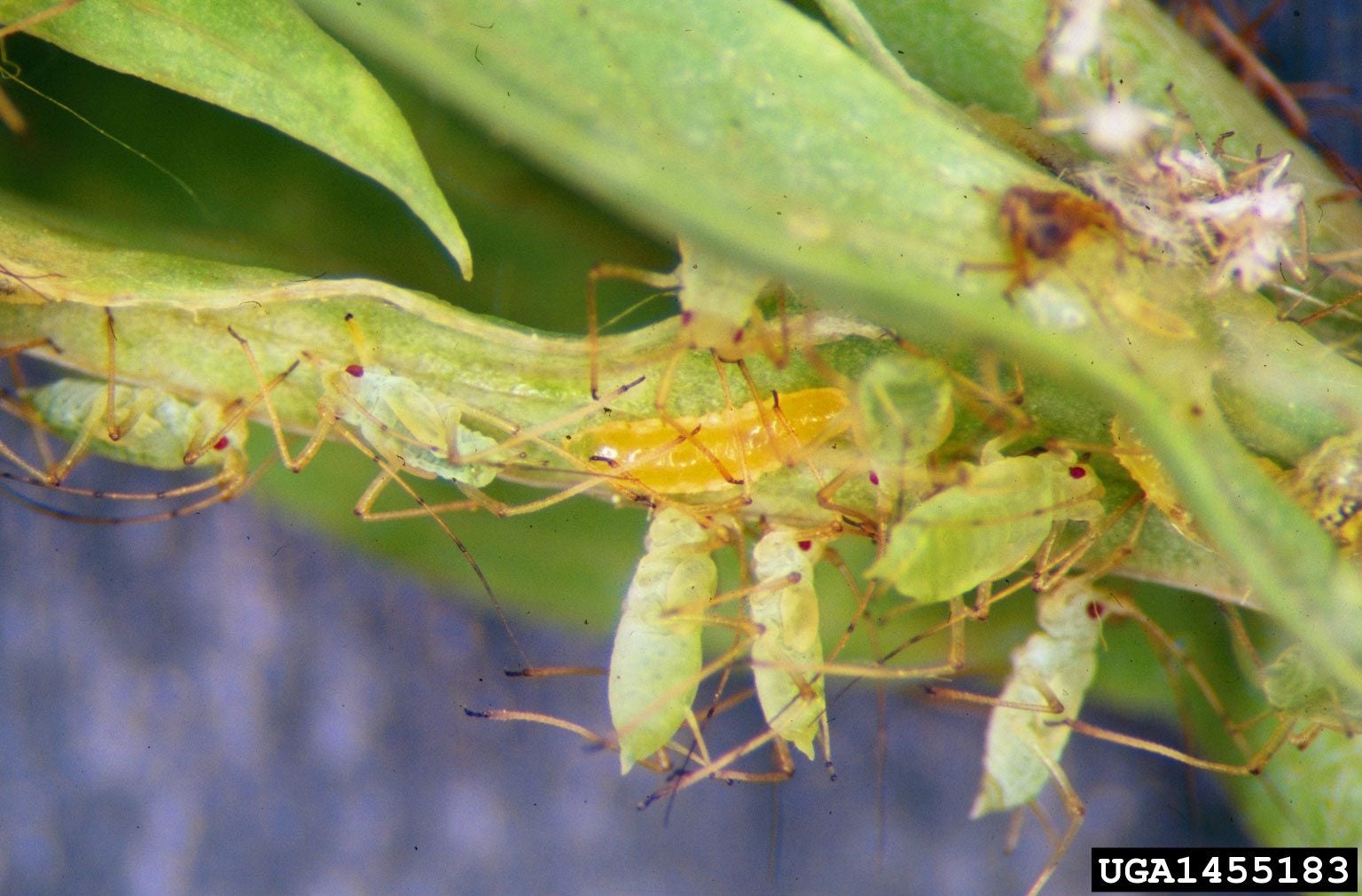What Is An Aphid Midge: Using Aphid Midge Insects For Pest Control


Aphid midges are one of the good garden bugs. Count these tiny, delicate flies among your allies in the battle against aphids. Chances are that if you have aphids, aphid midges will find their way to your garden. If they don't, you can order them online or purchase them from nurseries. Let's learn more about using aphid midge insects for pest control in the garden.
What is an Aphid Midge?
Aphid midges (Aphidoletes aphidimyza) are tiny flies with long, slender legs. They often stand with their antenna curled back over their head. Their larvae are bright orange and consume soft-bodied insect pests. Aphid midges consume about 60 different species of aphids, including those that attack vegetable crops, ornamentals, and fruit trees. Voracious feeders, aphid midges can be more effective at managing an aphid infestation than ladybugs and lacewings.
Aphid Midge Information
Aphid predator midges are tiny creatures that look a lot like fungus gnats and measure less than 1/8 inch (3 mm.) long. Adults hide under leaves during the day and feed on the honeydew produced by aphids at night. Understanding the aphid midge life cycle can help you use them more effectively. Female aphid midges lay 100 to 250 shiny, orange eggs among aphid colonies. When the tiny eggs hatch, the slug-like larvae begin feeding on the aphids. First, they inject a poison into the aphids' leg joints to paralyze them, and then consume them at leisure. The aphid midge larvae bite a hole in the aphid's thorax and sucks out the body contents. The average larva feeds for three to seven days, consuming up to 65 aphids a day. After up to a week of feeding on aphids, the larvae drop to the ground and burrow just under the surface of the soil, or under garden debris where they pupate. About ten days later they emerge from the soil as adults to begin the process again. If they don't find their way into your garden, you can purchase aphid midge insects for pest control. They are sold as pupa that you can scatter onto moist, shaded soil. Watch for the bright orange larva about a week after the adults emerge. Aphid midges reproduce several times during the growing season. One application of pupa goes a long way, but to completely control a severe infestation, you may have to introduce two to four batches of pupa, spread over the growing season.
Sign up for the Gardening Know How newsletter today and receive a free copy of our e-book "How to Grow Delicious Tomatoes".

Jackie Carroll has written over 500 articles for Gardening Know How on a wide range of topics.